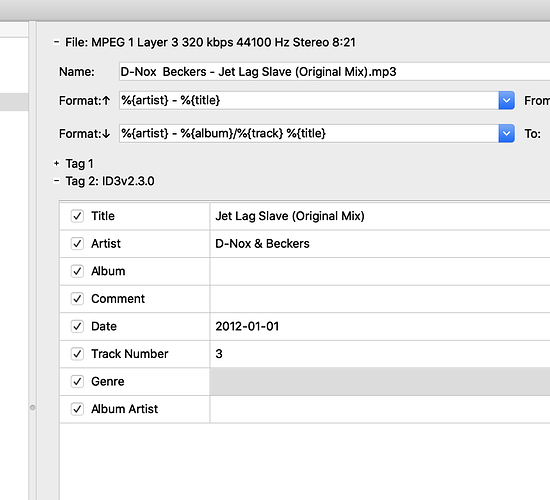Hi,
I want to share my frustrating experience with the promised announcement of the accuracy in the analysis of the BPM and, therefore, Beatgrid of the tracks in the new Engine Prime v1.5. I am convinced that, on this way, Denon has taken a step back, rather than forward.
After a while I had not decided to update to version v1.5, in the meantime I did not read that it complied with the comments of the forum confirming what was announced in corrections and improvements.
I have to say that the only thing I have noticed quite quickly is the management of the database, in terms of import and analysis, but if we gain in speed to the detriment of the accuract in the calculation of the BPM, this for me meaning that nothing is going well.
The last tracks I’ve been analyzing, old school style, years 1998-2005 Techno, Progressive, Trance, etc., most of the calculations come out rounded. For example where the previous version of Engine Prime v1.3.4 calculated 127.97980415, now it directly calculates 128, so the beatgrid bars are out of phase.
Is it so difficult and of little common sense, before fill with pride screaming to the four winds that you have improved the calculation process and detection algorithm of BPM, to contrast the calculation that different applications from the competition with experience and baggage in this world give?
For the same track above: Traktor: 127,980, VDJ: 127.98 …
Now I understand why you have not released yet a firmware update for Prime series devices.
Directly, Denon Team, abort the operation, if this firmware is going to be based on the same algorithm as Engine Prime, it will be a disaster.
Dedicate yourselves and ¿your time? (by the way, I hope you are enjoying your long vacational period) to enabling beatgrid editing functions in firmware, elastic beatgrid, tap, etc. that DJs and human beings in general, at this rate, we will be doomed to constantly correct the calculation of bpm in the air with your primitive software.
Regards.




